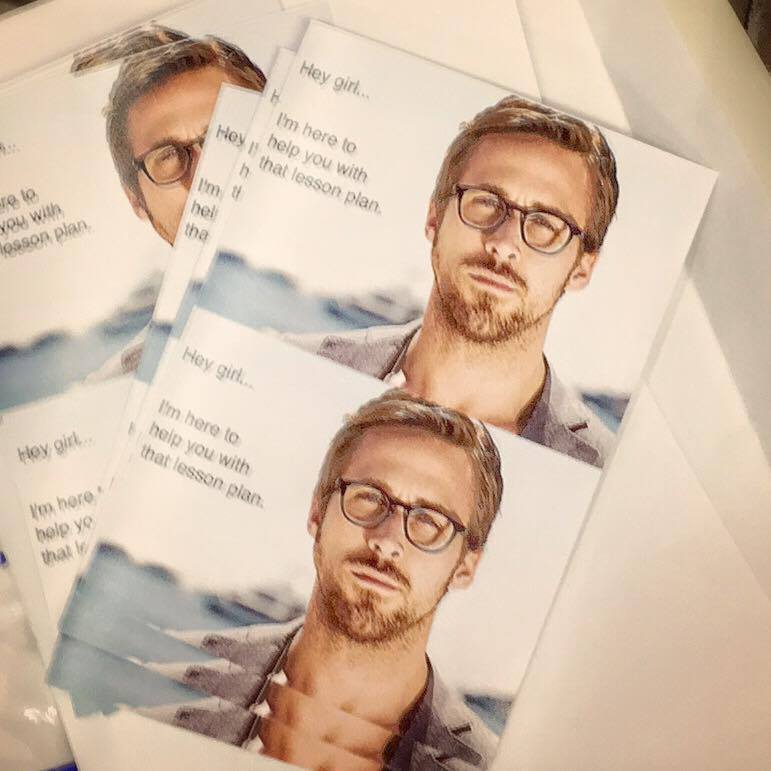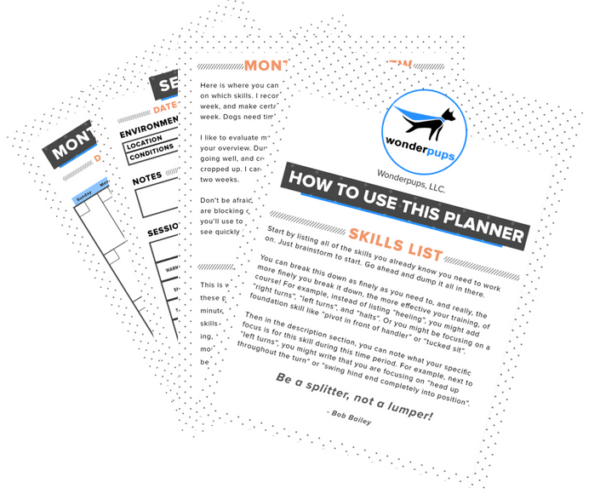Here, I sit (ok, lie) on the last night of my week in Reno. Oh man! Last Weds, I arrived in Reno… which is harder to get to than I expected. First on the agenda was a Clicker Expo meeting, followed by 3 days of Clicker Expo itself. Then 2 MORE days of KPA faculty meeting. Oh, and during all that, the hotel experiened a fire drill, power outage, and Norovirus EPIDEMIC! But I’m not complaining.
It was equal parts exhausting, fascinating, frustrating, and exhilerating. I still have much to process.
I was kept busy speaking and teaching, but stilll had a chance to sit in on a few presenations. I was delighted to have an opportunity to see Susan Friedman, Terry Ryan, and Laurie Luck present on some fascinating topics. And I am sure to be harrassing them on these topics in the near future. However, my particular favorite presentation was given by Jesus Rosales-Ruiz, titled “Fast Learner: The Interplay Between Reinforcement Rate & Criteria”. We often hear that we should “increase our rate of reinforcement”. However, this is the wrong variable on which to focus. Dr. Rosales-Ruis argued that rate of reinforcement is a result of the choices made during the shaping process, not something we control directly. So, it is more beneficial to focus on the choices made during training, and how they affect the rate of reinforcement. Arbitrarily reinforcing more freqently can result in unintended consequences. Instead, think about what can we change that would result in a higher rate of reinforcement? We have a few options:
- Adjust your criteria. It is important to set criteria so that the animal’s success rate is adequate. Focus on having clean loops of behavior. A red flag that your criteria are too high, is that you are getting extra “junk” in your behavior cycle.
- Increase your ROR by mixing in opportunties for easy, short behaviors. Switching between a new, harder behavior, and an easier, known behavior can keep the rate of reinforcement up over an entire session. However, it’s best to cue the easy behavior following a successful repetition of the new behavior, to make certain you are reinforcing what you want and not something else.
For a more extensive sampler platter of the Expo experience, check out Mary Hunter’s blog on the event:
Myself, I gave 3 presentations and taught 2 labs. Quite the workload! All three of my topics (+labs) were serious “rabbit hole” opportunites, if you know what I am saying. One presentation was a sort-of repeat (I can never leave anything alone, so there is no such thing as a true repeat), of my thoughts on heeling: “Click Your Heels”. We looked at components of heeling behaviors, and the corresponding handler and judge cues.
You see… heeling is like an onion.
You mean they both stink?
NO!
You mean, they both make you cry?
NO! Ok, well, sometimes. But only from joy! (or sometimes frustration) They both have LAYERS! (Shrek reference)
Yes, heeling has layers. And everytime I think or talk about it, I peel away another layer. In the presenation, we took a look at some of the layers to consider as respect to heeling. And then in the corresponding lab, we played around with what I consider to be the most critical and least understood component, and also practiced some clean handler cuing. So fun!
I also presented on my current obession, biomechanics of precison (see previous blog post). In “High Precision, High Scores, High Times”, we looked at what specific muscle movements are critical to competition obedience behaviors. In the lab, we had fun experimenting with some real, live dogs to see what their mechanics looked like and discover how we might change them for the better.
My other obsession, of course, is teaching people. I am obsessed with constant improving my teaching skills every day. I also happen to be a terrible planner. I’m not a details person. I am pathogically disorganized. So I am always devising systems to help me organize and stay on track. One little result is a template-based system for lesson planning that Laurie Luck and I developed. “Triple Planning” is a little personal pet of mine, but it has so fantastically changed my professional life and time management, that I felt compelled to share it with everone. To motivate ourselves and other trainers, we enlisted a little help from our friend, Ryan Gosling (no, we don’t actually know him, but it would make for a good story).

Tonight, when we got back to the room, I felt a deep desire to take a picture of Rugby with the Reno lights in the background, to commemorate our trip. But then I got to thinking about Ryan… hmm… OK! So I can take a picture of Rugby AND Ryan! Except, how to get them both in frame? Well, Ryan happens to be 2-dimensional, so why not have Rugby *hold* Ryan in his mouth? Except, Rugby has never been asked to hold a piece of paper in his mouth… except when he’s voluntarily shredding it, and that would NOT do! Sounds like some training is required here!
So, on a wild hare, I decided to quickly shape Rugby to *gently* hold Ryan’s card in his mouth, while perched on the window sill, so I could get my photo. The video below shows the complete, unedited, authentic training session I conducted to get us from there to here. The result is above in the cover photo for this post.
